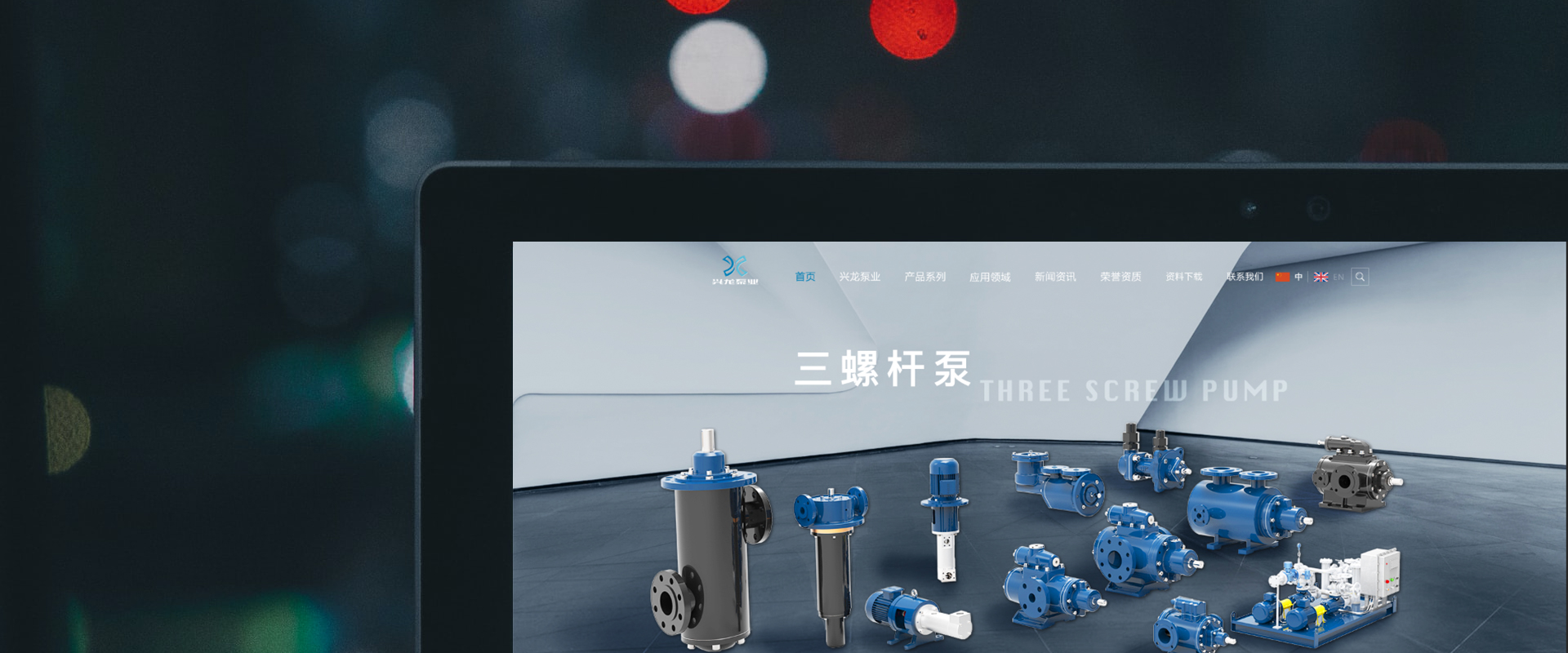Air in the intake pipe of the pump body
(1) Some users are not filled with water before the pump is started; sometimes it seems that the filled water has overflowed from the vent hole, but the air is completely discharged without turning the pump shaft, causing a little air to remain in the water inlet pipe or pump body.
(2) The horizontal section of the water inlet pipe in contact with the pump should be applied with a descending slope of 0.5% or more in the direction of countercurrent flow. The end connected to the inlet of the pump should be the highest, not completely horizontal. If it is tilted upward, air will remain in the water inlet pipe, which reduces the vacuum in the water pipe and the pump and affects water absorption. Water pump
(3) The packing of the pump has been worn out or the packing is too loose due to long-term use, causing a large amount of water to be ejected from the gaps between the packing and the pump shaft sleeve. As a result, external air enters the interior of the pump from these gaps. Affects water extraction.
(4) The water inlet pipe has holes due to long-term potential underwater corrosion. The water surface continuously drops after the pump works. When these holes emerge from the water surface, air enters the water inlet pipe from the hole.
(5) A crack appears at the bend of the water inlet pipe, and a small gap appears at the connection between the water inlet pipe and the pump, which may cause air to enter the water inlet pipe.
Pump speed is too low
(1) Human factors. A considerable part of the users were randomly equipped with another motor because of the damage of the original motor. As a result, the result was that the flow was low, the head was low, and even the water could not be pumped.
(2) The transmission belt is worn. There are many large-scale off-water pumps that use belt transmission. Due to long-term use, the transmission belt is worn and loose, and slippage occurs, thereby reducing the speed of the pump.
(3) Improper installation. The center distance between the two pulleys is too small or the two axes are not too parallel. The tight side of the transmission belt is mounted on it, which causes the package angle to be too small. The calculation of the diameter of the two pulleys and the eccentricity of the two shafts of the water pump driven by the coupling are large. Changes in pump speed.
(4) The mechanical failure of the centrifugal pump itself. Loose fastening nuts of the impeller and the pump shaft or deformation and bending of the pump shaft cause the impeller to move more, directly rub against the pump body, or damage the bearing, which may reduce the speed of the pump.
(5) Maintenance of the power machine is not recorded. The motor is demagnetized due to burned windings. Changes in winding turns, wire diameters, wiring methods during maintenance, or failure to completely eliminate factors during maintenance will also cause the speed of the pump to change.
